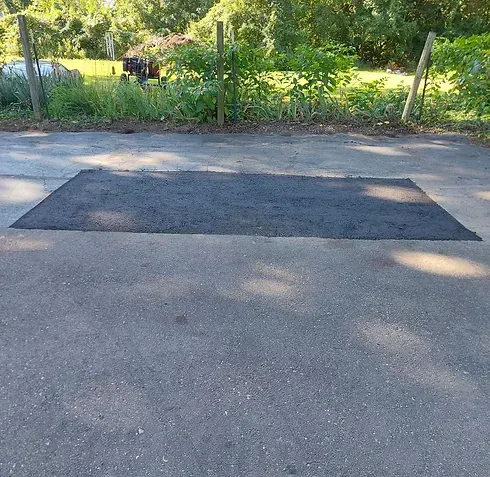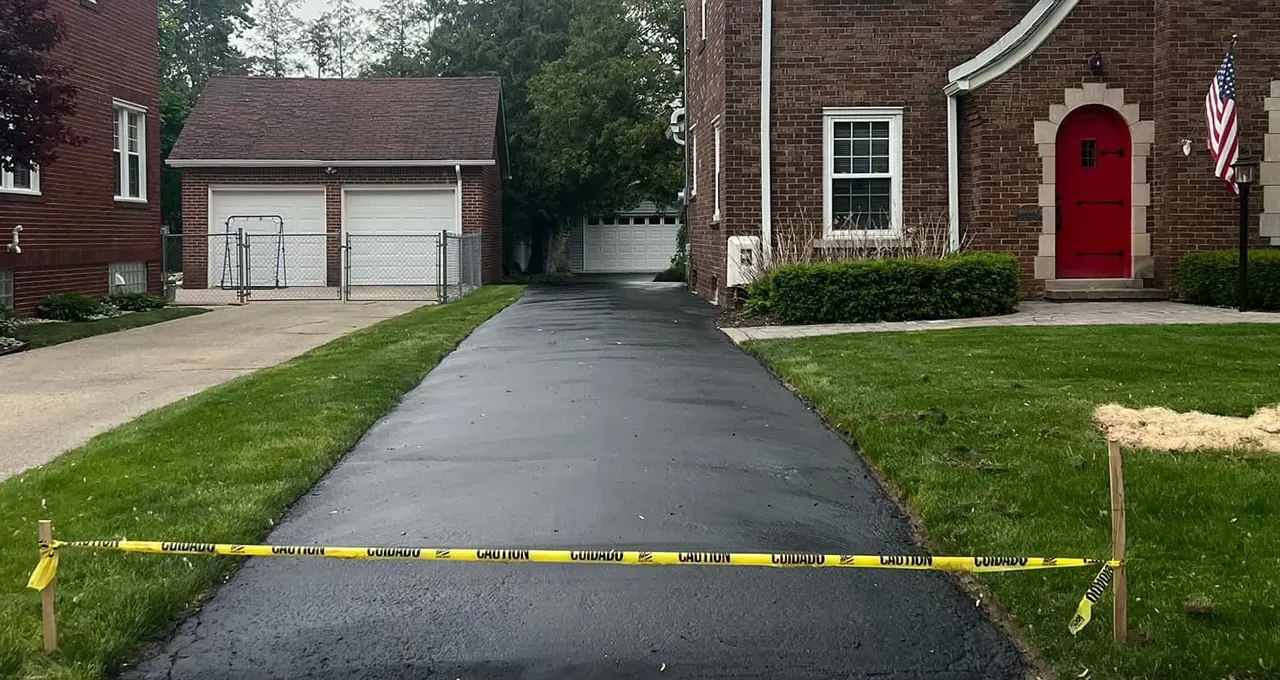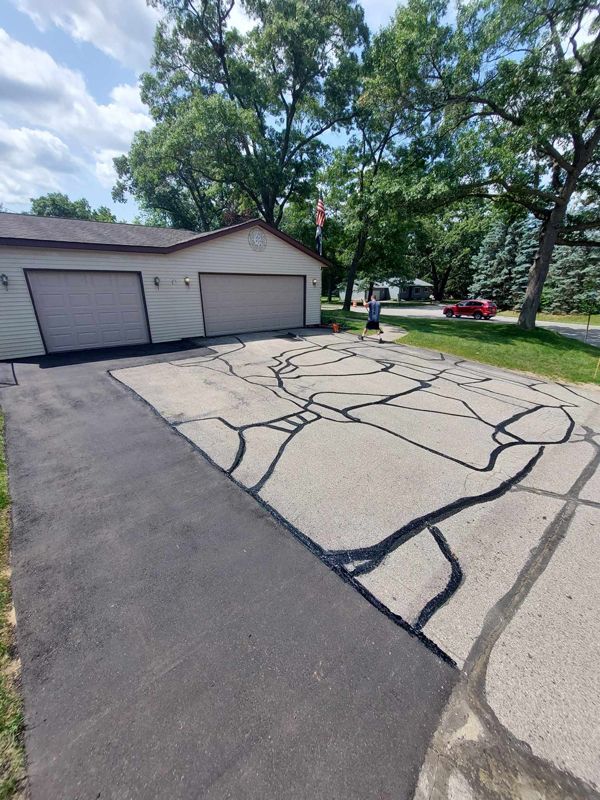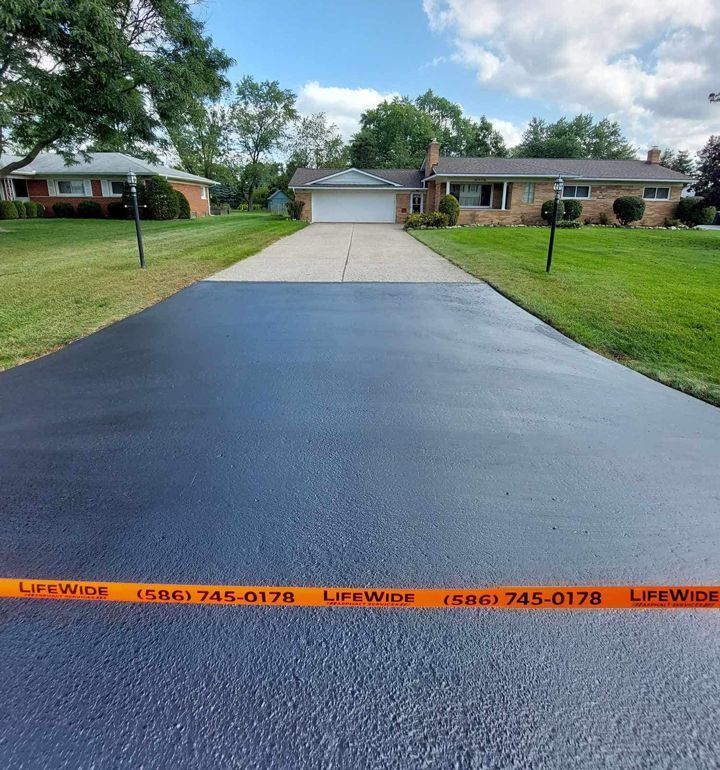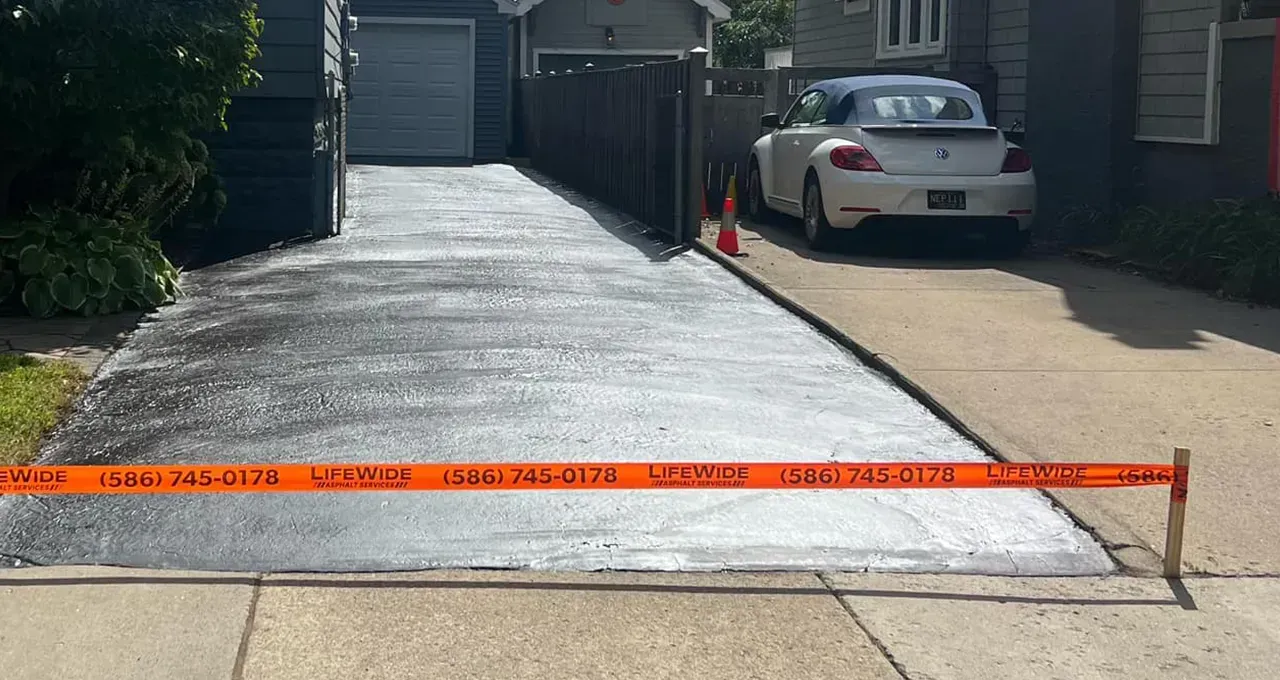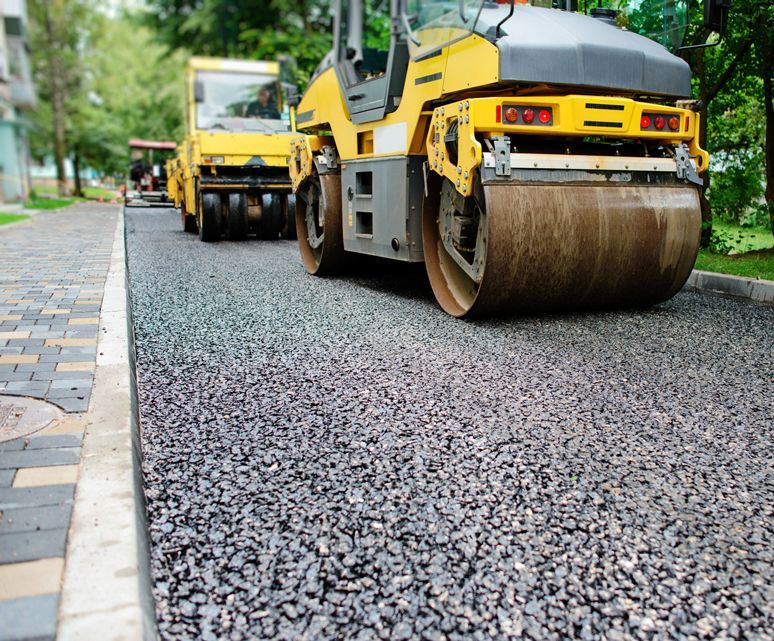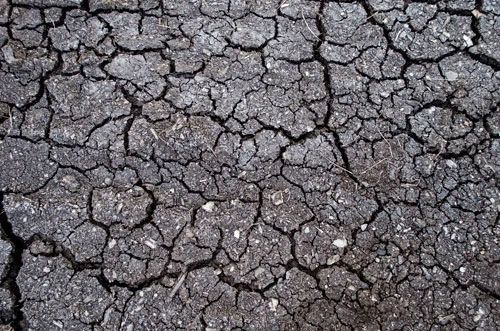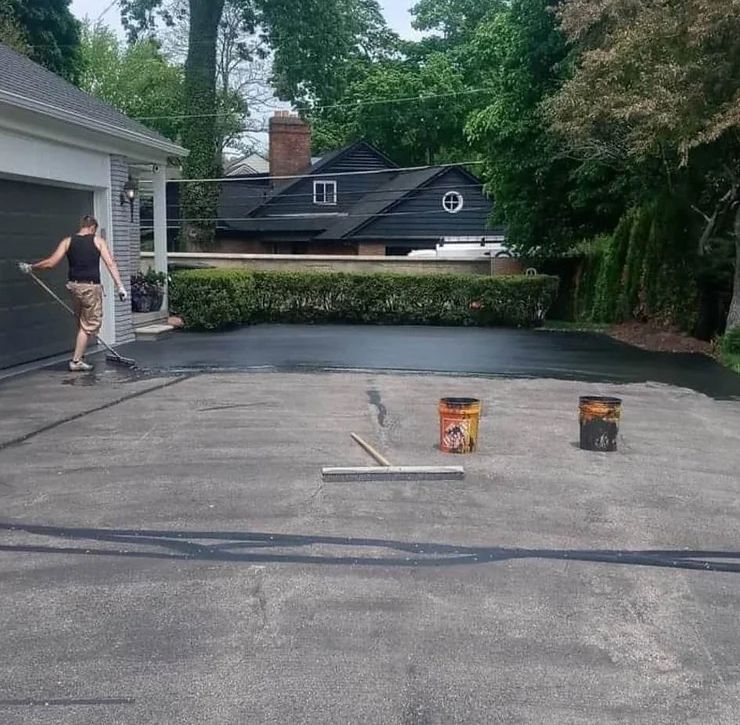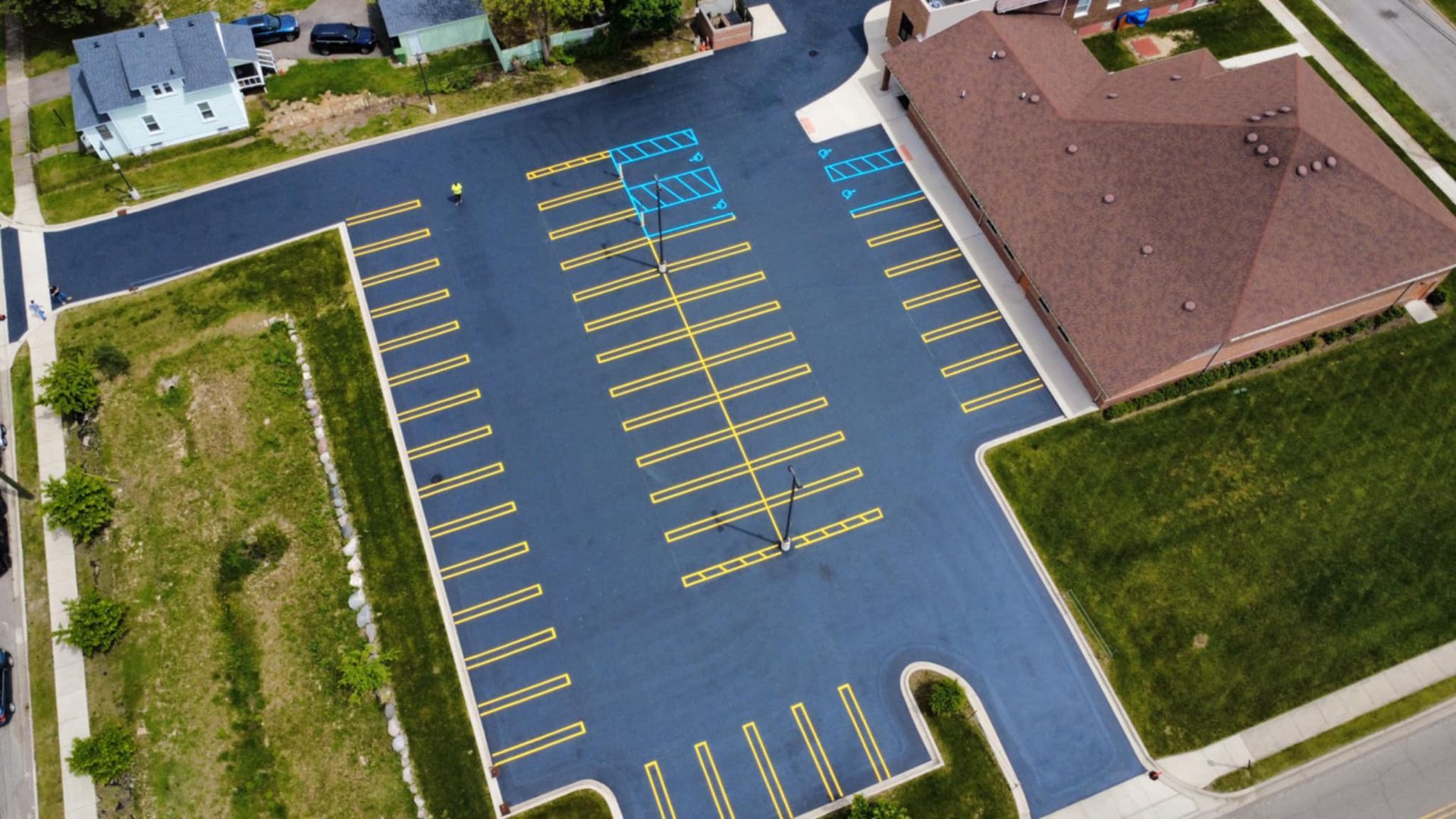How Late in the Season Can You Sealcoat Asphalt?
Learn the best timeframe for sealcoating and why colder weather can make or break your asphalt’s protection.
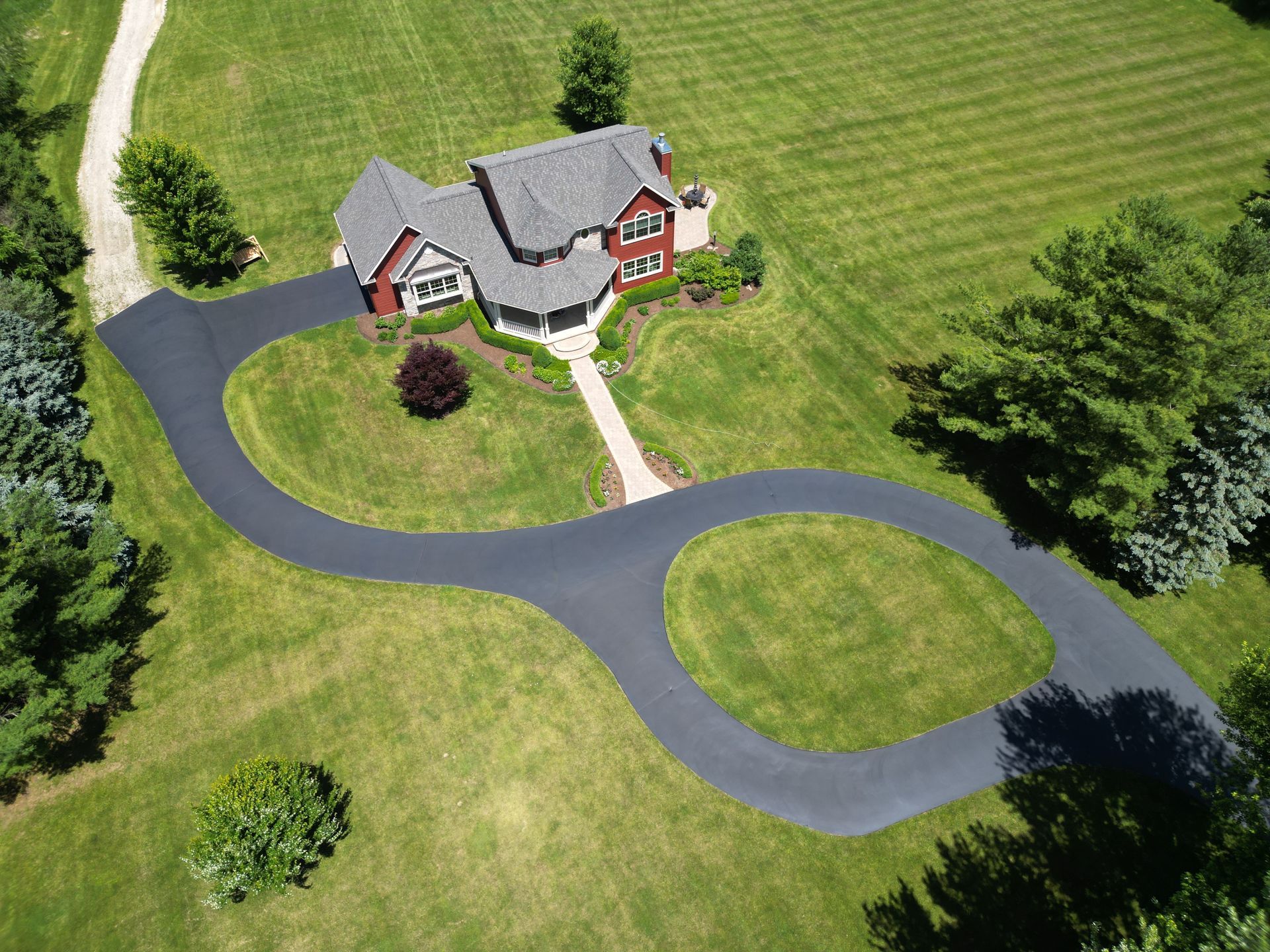
Temperature Matters Most
Sealcoating is one of the best ways to protect your asphalt, but the weather has a lot to do with whether it will last. If you’re wondering how late in the season you can still get sealcoating done, here’s what you need to know.
Sealcoating needs warmth to cure properly. Generally, air and pavement temperatures should be at least 50°F and rising both during the application and for 24 hours after. If it dips colder than that overnight, the sealer may not set correctly, leading to early wear or peeling.
Watch the Sunlight
Sealcoat also relies on sunlight to cure. Shorter fall days mean less curing time, so even if the daytime temperature is okay, shaded areas may take longer to dry. That’s why many contractors recommend finishing sealcoating jobs before late October in Michigan and other northern states.
Risks of Sealcoating Too Late
- Longer dry times: It could take days instead of hours before you can drive on it.
- Weaker protection: If the sealer doesn’t cure fully, it won’t last through the winter.
- Wasted money: You may need to re-do the work in the spring if the fall application fails.
The Best Time to Sealcoat
The sweet spot is usually late spring through early fall, when warm days and plenty of sunshine are common. In Michigan, most sealcoating work wraps up around mid-October, depending on the weather forecast.

